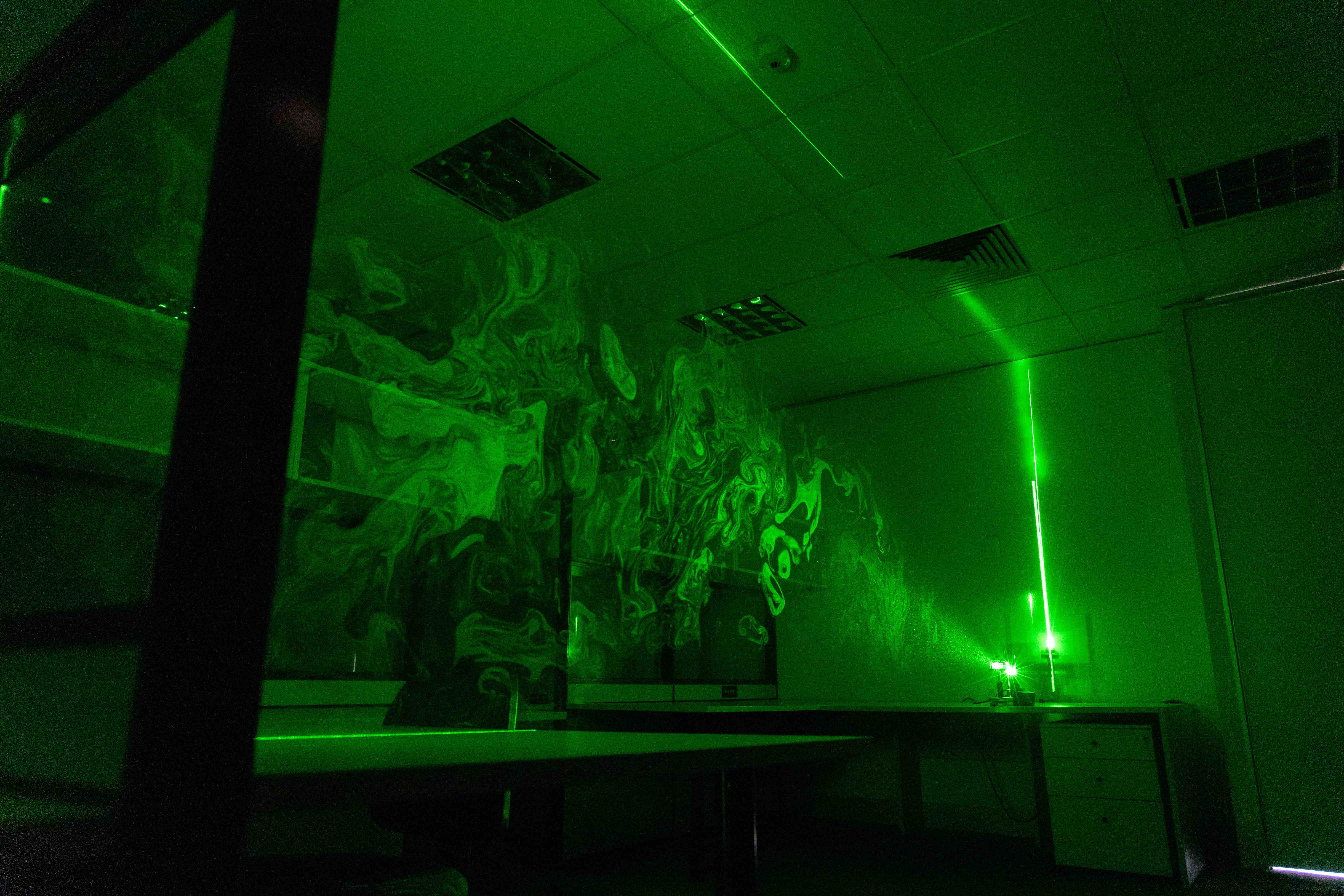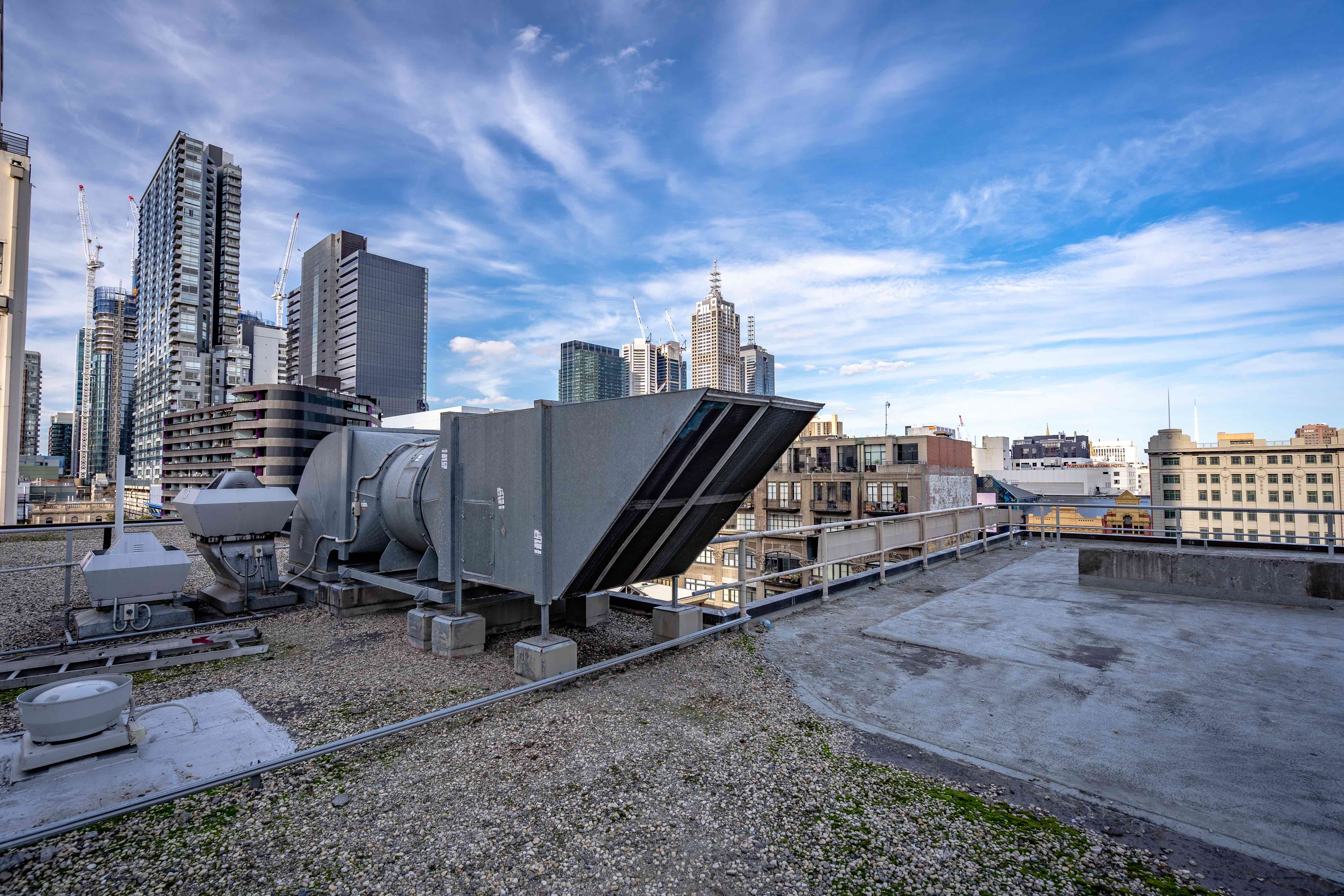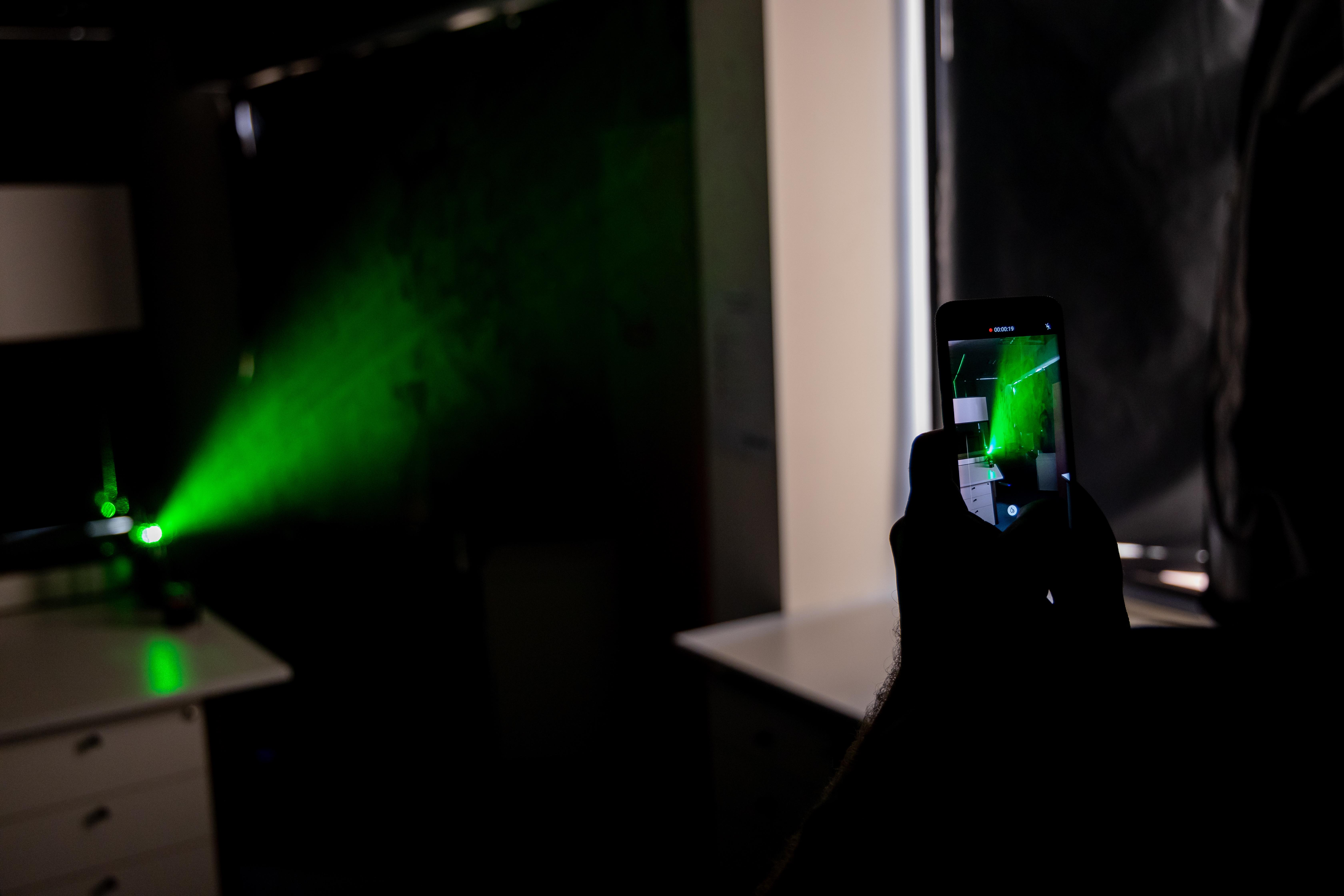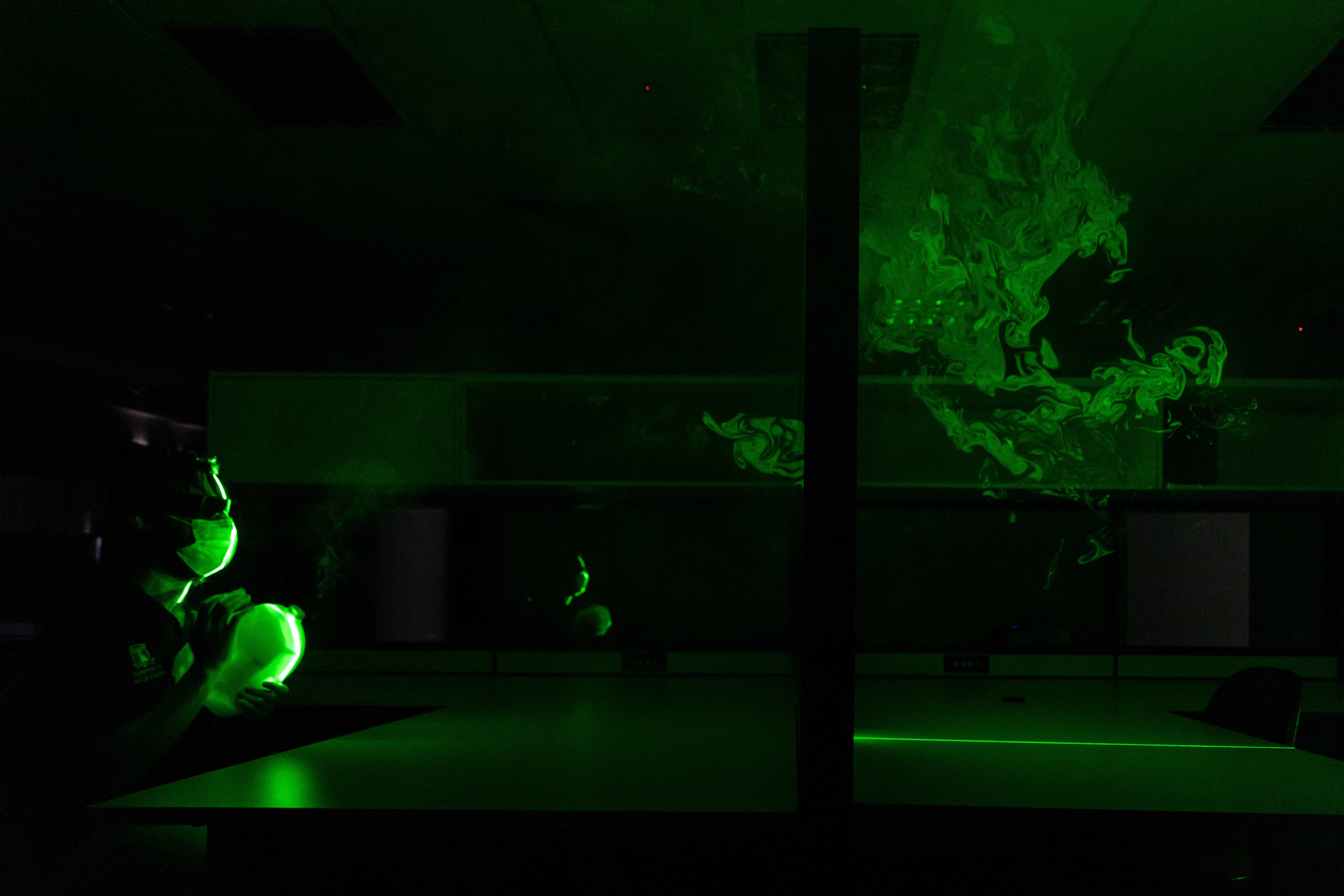
Sciences & Technology
Which air cleaners work best to remove aerosols that contain viruses?

While opening windows reduces COVID-19 spread, it also increases buildings’ energy use – new research has tested more efficient alternatives
Published 7 July 2022
Cracking open our windows in offices, schools and at home has become part of our everyday defence against the spread of COVID-19.
But while open windows are one of the simplest and most effective ways to ventilate indoor spaces, they also drain the energy pumped into heating and cooling buildings.

“I always think of my Dad telling me to close the windows when the air conditioner was on,” says Dr Grant Skidmore, Technical Lead on a recent project addressing the issue.
“Open windows are at odds with reducing our energy usage. They’re great from a safety perspective, but terrible from an energy perspective.”
So terrible, in fact, that opening windows while maintaining a comfortable indoor temperature increases a building’s energy use by around 10 to 20 per cent.

Sciences & Technology
Which air cleaners work best to remove aerosols that contain viruses?
Working with the City of Melbourne, Dr Skidmore and mechanical engineering colleagues from the University of Melbourne have been testing more efficient ways to reduce COVID-19 spread in office buildings.
Using an office floor in the city, the BREATH project (Building Retrofit for Efficiency, Air Quality, Thermal Comfort and Health) tested the impact of three ventilation options:
open windows with standard heating and cooling
in-ceiling air cleaners
and displacement ventilation, which uses columns to supply air at floor level and remove it at ceiling level.
This research is the first project to consider COVID-19 transmission together with cost and energy use.
“Working at full-scale was a really great way to test how the different systems perform under real-world circumstances, rather than in the lab,” says Dr Skidmore.

But working in the ‘real world’ also presented challenges. COVID-19 is spread, in part, by aerosol particles that hang in the air for a relatively long time due to their light weight. And the team had to find a safe sway to replicate them.
“Theatre fog is a very similar in size to human respiration aerosols,” says Dr Skidmore.
“We use it to trace air movement in the lab, because it naturally follows the air and it’s not very heavy. It was an effective way to simulate COVID-19 aerosols.”

Sciences & Technology
Engineering COVID-19 protection
To simulate someone coughing without covering their mouth, the team placed the theatre fog in a three-litre milk container and quickly squeezed it through a hole in the top.
“We reviewed the size of an average human cough in the literature, and the milk container turned out to be a great substitute,” says Dr Skidmore.
The researchers were then able to test where the simulated COVID-19 particles travelled once they had been ‘coughed’ into the room, under these different ventilation conditions.
Their baseline measurements, which were in a closed room with standard mixing ventilation, demonstrated just how dangerous the aerosol particles can be in the absence of proper ventilation.

“The simulated cough just mixed throughout the space,” says Dr Skidmore. “Even barricaded cubicles with high sides made no difference.”
Next the team tested open windows which, as expected, proved effective in removing the virus aerosol from the room but was the worst option for energy use.
“The lower pressure outside the window draws the particles straight out. They bank a turn and go out the window,” explains Dr Skidmore.

Sciences & Technology
Six safety tips for hotel quarantine
The other two options, which can both be retrofitted to existing office building ventilation systems, effectively removed virus particles and reduced energy use.
Displacement ventilation removed the most aerosol particles and used the least energy, but had the highest upfront cost.
Alternatively, in-ceiling air cleaners (high-efficiency particulate – or HEPA – air filters), still worked well in rooms with low ceilings, offering a large improvement in air quality with less upfront cost and only minor increases in energy consumption.
“All the options have a series of paybacks and drawbacks,” says Dr Skidmore.
“When operable windows are available, they offer high safety and low upfront costs but huge ongoing costs.

“The in-ceiling HEPA systems can be effective but, based on our experience in other workplaces, people aren’t always sure how to work them and they are sometimes turned off.
“Remote monitoring may be a good work around for this.
“And the displacement units work well but require investment. They can be a good option for long-term usage.”
Research is still in its early stages and, given its importance for both our health and the environment, Dr Skidmore is hopeful that his team will be able to keep digging.
“There’s still much more to be done when it comes to ensuring our buildings are COVID-safe, and energy efficient.”
Banner: Andrew Bott Photography